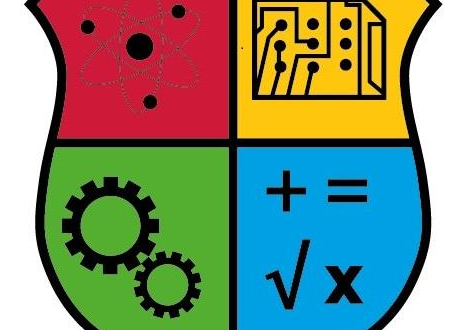By Krystal Yang
Today, we live in the Internet Age; with the rise of social media, and even “fake news,” there is no doubt that the hand of everything technology has captured the world. However, the rapid acceleration of technology has caused a gap between the haves, those who can access phones and computers, and the have-nots. This conflict is mostly a socio-economic one, as families who are financially unstable cannot afford the latest iPhone or the newest Tesla model.
This issue has been further exemplified with the recent reports on the lack of low-income students in STEM fields. According to the U.S. News article, “Low-Income Students Nowhere to Be Found in Stem,” the dean of Carnegie Mellon University’s School of Computer Science Andrew Moore stated, “while much of the focus on underrepresented students in science, technology, engineering and math, or STEM, is placed on women and students of color, the dearth of low-income students has Moore and his colleagues at Carnegie Mellon terrified […] We are genuinely worried that we are responsible for being part of an ongoing hegemony of the rich, wealthy— those being able to afford to live in the places where they can teach their kids to do that.” Moore essentially argues that while society has made great progress in terms of advancing women and African-American students in pursue STEM careers, society has failed to provide affordable programs for those who are economically dependent. Moore also shares a story about a college admissions essay he read, in which a student talked about how he wrote code by hand every day at home because he didn’t have a computer at home; Moore was moved, and wondered how many talented students were being held back from certain careers because of their financial situations. At a keynote session in the 2017 U.S. News STEM Solutions conference, Moore explored this topic and showed how only the rich suburbs that could afford strong math and computer science programs could produce excelling STEM students. The dean also presented the solution to this issue: create more affordable STEM programs for students.
Furthermore, as Ana Mari Cauce, president of the University of Washington, explains, “Every the time [students] hit kindergarten, many of them are already behind. There is leakage in every step of the pipeline so you have programs at every step of the pipeline.” Because children in wealthy families will naturally be in contact with more technology, they will always have an upper hand, so schools need to provide STEM programs targeted to every age group, which can help close the STEM gap. This issue is not a problem that can only be addressed for kindergarteners or first graders; solutions needs to be continuously implemented in order to see results.
With today’s technology seeming like a science-fiction reality, we are at the brink of discovering great things: a cure to cancer, a perfect renewable energy source, etc. However, this means we need more engineers, more scientists, more technological innovators… And ultimately, more STEM programs to educate the student population of America, regardless of their income level.
 Tempus Magazine By Students, For Students
Tempus Magazine By Students, For Students 



